Pantry staples: Umami tsunami
Still can’t wrap your head around the fifth taste? Here’s a tip: try these ingredients, one after the other. That common thread of moreish, savoury deliciousness? That’s called the flavour jackpot.
SOYA SAUCE'S* savoury punch comes from fermentation. Don’t sell it short by relegating it to Asian dishes only – it’s a great secret weapon for adding depth of flavour to gravies, too.
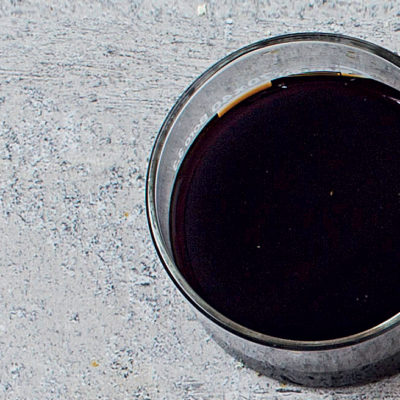
With veganism on the rise, you might have heard about NUTRITIONAL YEAST being a good substitute for Parmesan (because who wouldn’t miss cheese?). Basically, it’s the inactive, dried form of saccharomyces cerevisiae (also known as baker’s or brewer’s yeast). You can find nooch (that’s what the cool kids call it) in most health food shops.
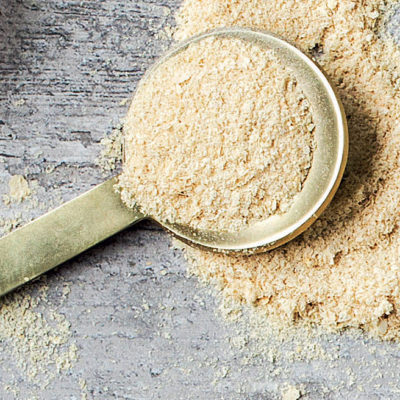
Like tomatoes, fresh SHIITAKE MUSHROOMS* have naturally occurring umami, which increases substantially when dried. Trying to eat less meat? Soak these babies in water to make an incredibly “meaty” tasting stock for risotto – adding the rehydrated shiitakes, too. Finish with a generous grating of Parm and yes, it’s an umami tsunami.
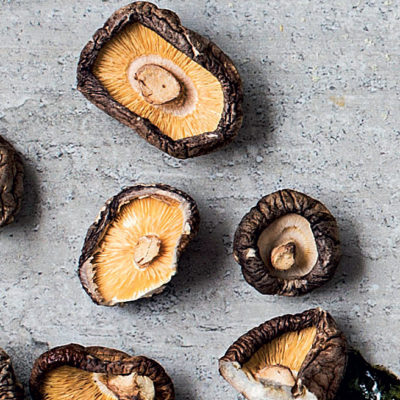
Fermentation is the process that takes the already umami- rich soya bean to superhero status a.k.a. MISO, a Japanese staple seasoning. The best way to enjoy this earthy, slightly funky paste is in a humble bowl of miso soup with cubes of tofu and toasted nori strips.
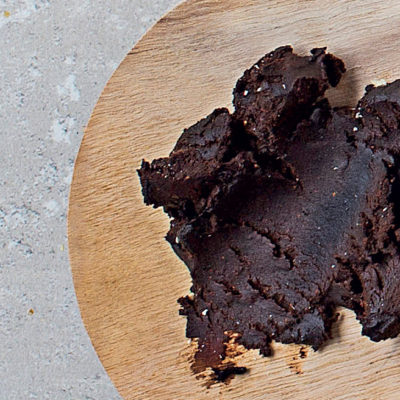
Seaweed like NORI*, kelp and kombu need drying to release the good stuff. The term “umami” was first coined in 1908 by Japanese chemistry professor Kikunae Ikeda. He found that the flavour he experienced while eating a bowl of dashi (a broth made with dried kombu) was neither salty, sweet, sour or bitter. He discovered it was glutamate and named it umami, meaning “pleasant savoury taste”.
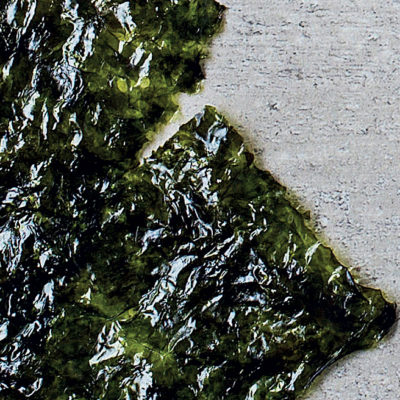
The reason you can never stop at one slice of buttered toast with MARMITE*? You guessed right. Reducing brewer’s yeast (a by-product of beer brewing) until sticky and salty makes for glutamate gold. Suddenly, Nigella’s Marmite spaghetti makes a lot more sense.
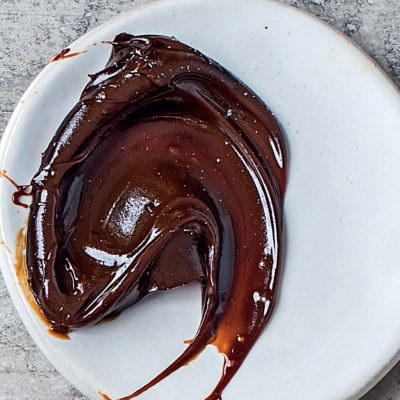
The glutamate levels of cheeses spike significantly with ageing, which is why a couple of shavings of hard cheese like GRANA PADANO* and Parmesan will add umami oomph to any dish. Grate away. Glutamate is an amino acid (a building block of protein) detectable by receptors on our taste buds. Think of it like this: in the same way that sugar makes us detect sweet tastes, glutamate alerts us to the umami flavour.
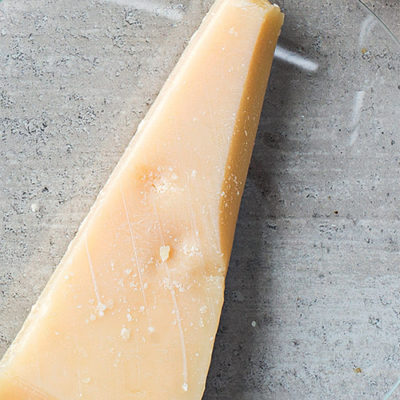
Fresh tomatoes already have naturally occuring umami and don’t need to be broken down through ageing, fermentation or salting to release those savoury flavour compounds. But when they’re sundried, that umami goodness shoots off the charts. Best five-minute pasta sauce? Blitz SUNDRIED TOMATOES* preserved in oil and stir through some pitted olives.
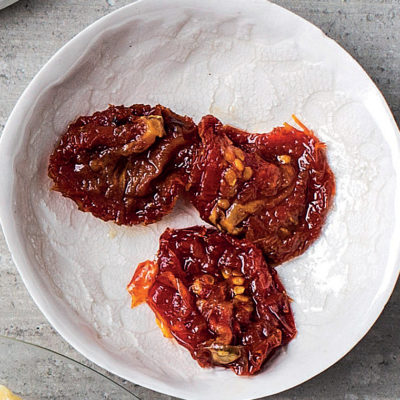
Fresh fish such as mackerel, tuna and cod are high in glutamates, and ANCHOVIES* really come into their umami when preserved. Any cook worth their salt knows that anchovies will magically make meaty food taste, well, meatier. Add a couple to the onions when you’re making Bolognese sauce and see for yourself. Trust us.
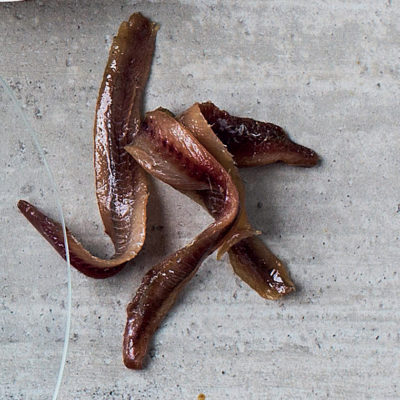


Comments